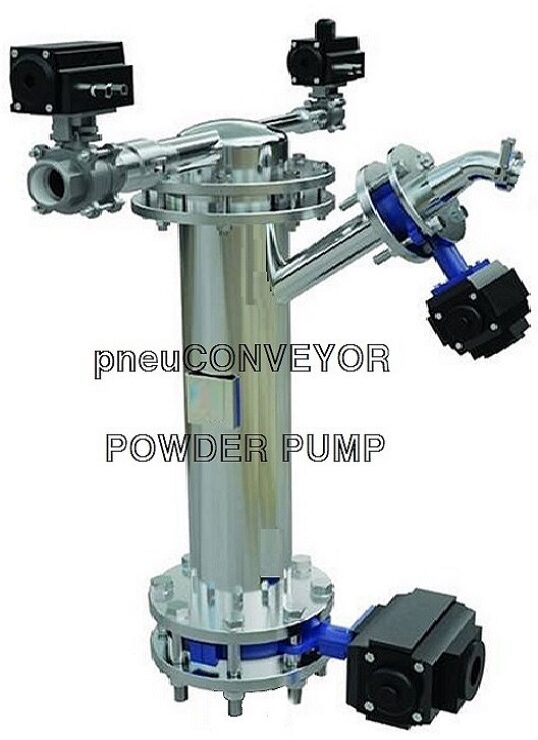dense phase pneumatic conveying system

pneuconveyor – Dense phase pneumatic conveying, convey materials at a slower velocity than traditional dilute phase pneumatic systems. Unlike dilute phase conveying, in which all the material is suspended in a high-speed gas stream, dense phase conveying moves the material in a slower but more concentrated manner, especially along the bottom of the pipeline.
Minimal material degradation as the material is transported at low velocity
Handles a wide variety of material such as fragile, abrasive, and friable as well as materials with high bulk densities
Minimum wear and tear of the system
Minimum Maintenance
No material spillage, no dust emission, clean environment
Low Noise operation
Low airflow rate
The dense phase system will be designed to move material in a strand, slug, or fluidized mode depending on the nature of the material and the plant configuration. The dense phase conveying method is typically capable of higher conveying rates and longer conveying distances.
AREAS OF APPLICATION:
Dense phase conveying is ideal for materials that are abrasive, friable, tend to segregate, temperature-sensitive, premixed materials, or materials with high bulk densities. Dense phase conveying is optimal for fine bulk solids such as powders or for larger particles like coarse granulate, pellets, coffee beans, or pet food.
Unlike in the dilute phase, materials conveyed in the dense phase are not suspended in the air because they are extremely abrasive and/or extremely heavy. The dense phase is also operated at a much lower velocity than dilute; typically around 700-1,500ft/min. Materials that are more than 55-60lbs per cubic foot are good candidates for dense phase conveying. However, there are exceptions such as cement. While cement is 95lbs per cubic foot, it is also a fine material that moves well in an air stream. Similar to the dilute phase, dense phase conveying can use a vacuum or pressure system design.

